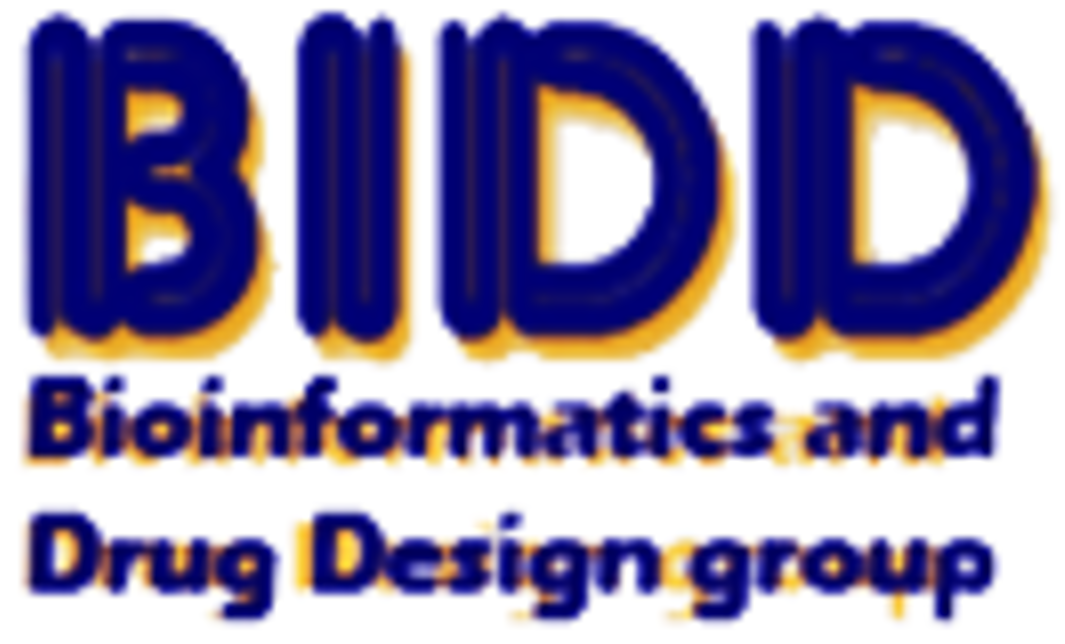| Target Validation Information | |||||
|---|---|---|---|---|---|
| Target ID | T89988 | ||||
| Target Name | C-C chemokine receptor type 2 | ||||
| Target Type | Clinical Trial |
||||
| Drug Potency against Target | INCB3284 | Drug Info | IC50 = 5.6 nM | ||
| RS-504393 | Drug Info | IC50 = 89 nM | [536549] | ||
| INCB8696 | Drug Info | IC50 = 10 nM | [553015] | ||
| Cenicriviroc | Drug Info | IC50 = 5.9 nM | [528083] | ||
| Action against Disease Model | INCB3284 | INCB3284 exhibited an IC50 of 3.7 nM in antagonism of monocyte chemoattractant protein-1 binding to hCCR2, an IC50 of 4.7 nM in antagonism of chemotaxis activity, an IC50 of 84 |?M in inhibition of the hERG potassi uM current, a free fraction of 58% in protein binding, high selectivity over other chemokine receptors and G-protein-coupled receptors | Drug Info | ||
| The Effect of Target Knockout, Knockdown or Genetic Variations | We studied injury, inflammation, perfusion, capillary formation, monocyte chemotactic protein-1 (MCP-1) levels, muscle regeneration, fat acc uMulation, and transcription factor activation in hindlimb muscles of CCR2-/- and wild-type (WT) mice following femoral artery excision (FAE). In both groups, muscle injury and restoration of vascular perfusion were similar. Nevertheless, edema and neutrophil acc uMulation were significantly elevated in CCR2-/- compared with WT mice at day 1 post-FAE and fewer macrophages were present at day 3. MCP-1 levels in post-ischemic calf muscle of CCR2-/- animals were significantly elevated over baseline through 14 days post-FAE and were higher than WT mice at days 1, 7, and 14. In addition, CCR2-/- mice exhibited impaired muscle regeneration, decreased muscle fiber size, and increased intermuscular adipocytes with similar capillaries/mm(2) postinjury. Finally, the transcription factors, MyoD and signal transducers of and activators of transcription-3 (STAT3), were significantly increased above baseline but did not differ significantly between groups at any time point post-FAE. These findings suggest that increases in MCP-1, and possibly, MyoD and STAT3, may modulate molecular signaling in CCR2-/- mice during inflammatory and regenerative events. Furthermore, alterations in neutrophil and macrophage recruitment in CCR2-/- mice may critically alter the normal progression of downstream regenerative events in injured skeletal muscle and may direct myogenic precursor cells in the regenerating milieu toward an adipogenic phenotype. | ||||
| References | |||||
| Ref 536549 | Privileged structures: a useful concept for the rational design of new lead drug candidates. Mini Rev Med Chem. 2007 Nov;7(11):1108-19. | ||||
| Ref 553015 | Anti-chemokine small molecule drugs: a promising future? Expert Opin Investig Drugs. 2010 Mar;19(3):345-55. doi: 10.1517/13543780903535867. | ||||
| Ref 528083 | J Med Chem. 2006 Mar 23;49(6):2037-48.Highly potent and orally active CCR5 antagonists as anti-HIV-1 agents: synthesis and biological activities of 1-benzazocine derivatives containing a sulfoxide moiety. | ||||
If You Find Any Error in Data or Bug in Web Service, Please Kindly Report It to Dr. Zhou and Dr. Zhang.

